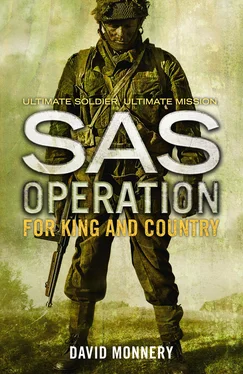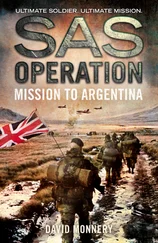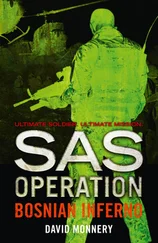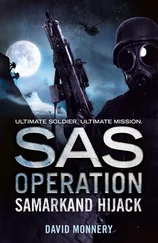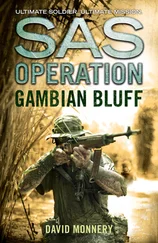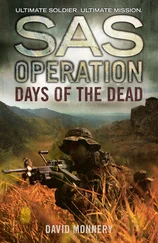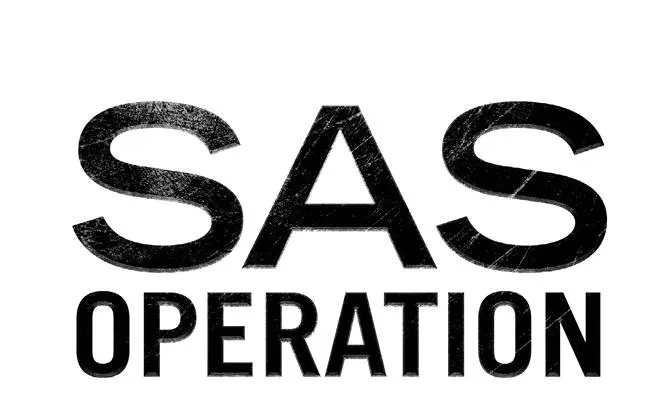
DAVID MONNERY
Published by HarperCollins Publishers Ltd
1 London Bridge Street
London SE1 9GF
www.harpercollins.co.uk
First published in Great Britain by 22 Books/Bloomsbury Publishing plc 1997
Copyright © Bloomsbury Publishing plc 1997
Cover layout design © HarperCollins Publishers Ltd 2015
Cover photograph © Stephen Mulcahey / Arcangel Images
David Monnery asserts the moral right to be identified as the author of this work.
A catalogue copy of this book is available from the British Library.
This novel is entirely a work of fiction. The names, characters and incidents portrayed in it are the work of the author’s imagination. Any resemblance to actual persons, living or dead, events or localities is entirely coincidental.
All rights reserved under International and Pan-American Copyright Conventions. By payment of the required fees, you have been granted the non-exclusive, non-transferable right to access and read the text of this e-book on screen. No part of this text may be reproduced, transmitted, down-loaded, decompiled, reverse engineered, or stored in or introduced into any information storage and retrieval system, in any form or by any means, whether electronic or mechanical, now known or hereinafter invented, without the express written permission of HarperCollins.
Source ISBN: 9780008155544
Ebook Edition © December 2015 ISBN: 9780008155551
Version: 2015-11-04
Contents
Cover
Title Page
Copyright Published by HarperCollins Publishers Ltd 1 London Bridge Street London SE1 9GF www.harpercollins.co.uk First published in Great Britain by 22 Books/Bloomsbury Publishing plc 1997 Copyright © Bloomsbury Publishing plc 1997 Cover layout design © HarperCollins Publishers Ltd 2015 Cover photograph © Stephen Mulcahey / Arcangel Images David Monnery asserts the moral right to be identified as the author of this work. A catalogue copy of this book is available from the British Library. This novel is entirely a work of fiction. The names, characters and incidents portrayed in it are the work of the author’s imagination. Any resemblance to actual persons, living or dead, events or localities is entirely coincidental. All rights reserved under International and Pan-American Copyright Conventions. By payment of the required fees, you have been granted the non-exclusive, non-transferable right to access and read the text of this e-book on screen. No part of this text may be reproduced, transmitted, down-loaded, decompiled, reverse engineered, or stored in or introduced into any information storage and retrieval system, in any form or by any means, whether electronic or mechanical, now known or hereinafter invented, without the express written permission of HarperCollins. Source ISBN: 9780008155544 Ebook Edition © December 2015 ISBN: 9780008155551 Version: 2015-11-04
Chapter 1
Chapter 2
Chapter 3
Chapter 4
Chapter 5
Chapter 6
OTHER TITLES IN THE SAS OPERATION SERIES
About the Publisher
Italy, January 1944
The SAS men sat in two rows, facing each other across the empty belly of the rumbling Halifax. It was almost eleven o’clock on the night of 19 January 1944, and these eight soldiers had been entrusted with Operation Jacaranda, the destruction of a railway bridge across the River Potenza just outside the small town of San Severino in eastern central Italy. In just over fifty-five hours 50,000 Allied troops would be attempting a landing on the Anzio peninsula just south of Rome, and this was one of several SAS parties that were being parachuted in to disrupt the inevitable German attempts at reinforcement. There were only a few rail routes across the ridge of mountains which formed Italy’s backbone, and cutting any or all of these would hinder any shift of German forces from the east coast to the west.
The eight men were dressed in camouflage Denison smocks, khaki trousers and heavy boots. The 1937-pattern webbing pouches around their waists held ammunition for the holstered Webley .455 revolvers and directional compasses. Jump helmets and silenced models of the Sten sub-machine-gun sat in each lap. Variety could only be found in bodily posture, facial expression and the colours of the berets stuffed through the epaulettes of the smocks. Five of these were beige, reflecting a preponderance of SAS veterans, the other three the newly adopted maroon.
Ten minutes earlier the air had been full of shouted jokes, but the proximity of the drop zone had reduced them all to silence.
Captain Julian Morgan, ‘Jools’ as he’d been known since prep school, looked the most relaxed. He seemed to be grinning at some private joke as he pushed back the flop of blond hair which was forever falling over his left eye, but he was just tracing his own progress from service in India through the excitements of North Africa and Sicily to this imminent descent on the Italian mainland. There had been moments of terror and moments of sadness – enough SAS pioneers had died in the desert – but deep down he knew he was having the time of his life.
On the seat beside him was Sergeant Morrie Beckwith, his dark face as stern as ever. He was thinking, as he always did at such moments, of his wife Margie back in Wolverhampton, and worrying over what would become of her and the children if something happened to him. He told himself, as he’d frequently told her, that he was much safer in the SAS than he would have been catching artillery in the infantry, torpedoes in the Navy or flak in the Air Force, but he didn’t believe it any more than she had.
On his left, Trevor Corrigan was finding it hard to sit still. His body was telling him he needed a crap, but since he’d had one just before setting off he was inclined to think that his body was having him on. He tried to concentrate on the girl he’d met in the Salerno café two nights ago, but conjuring up a picture of her was easier than holding on to it, and in the end he just let her go and sat there farting quietly, willing the journey to be over.
Last in line on that side of the Halifax, Roger Imrie was also contemplating his first drop behind enemy lines with dry mouth and whirring brain. He was worried he would let the others down, worried about how his mother would cope on the farm if something happened to both him and his bomber-pilot brother, worried that his parachute would fail to open. He’d always thought that that would be the worst kind of death, just falling and falling, with all that time to think about it, until you were splattered all over the ground.
Sitting opposite Imrie, Lieutenant Robert Farnham noticed the spasm of fear which leapt across the younger man’s face, and knew that he was imagining the worst in one form or another. He could remember doing the same himself, but these days his quiet and watchful countenance reflected a genuine calmness within. Since Catherine’s death in 1940 – she had been killed in their country cottage when a London-bound German pilot had decided to dump his bombs and run rather than look for a real target – his own life had become almost a matter of indifference to him. He wanted to kill Germans and he wanted to win the war, but the edge of caution which came with having someone else to live for had been dulled. His sister, Eileen, would no doubt miss him, but probably not for long. Another couple of years and she’d meet and marry some nice young survivor.
The man next to Farnham looked equally unperturbed by the prospect of imminent action, but then not much ever seemed to worry Corporal Neil Rafferty. If his face wasn’t sporting its habitual innocent smile, it would be wearing its current air of good-natured puzzlement. At this moment he was thinking about the two officers and how different they were, and wondering whether he felt more comfortable with Farnham’s cool seriousness or the more popular Morgan’s dashing enthusiasm.
Читать дальше
